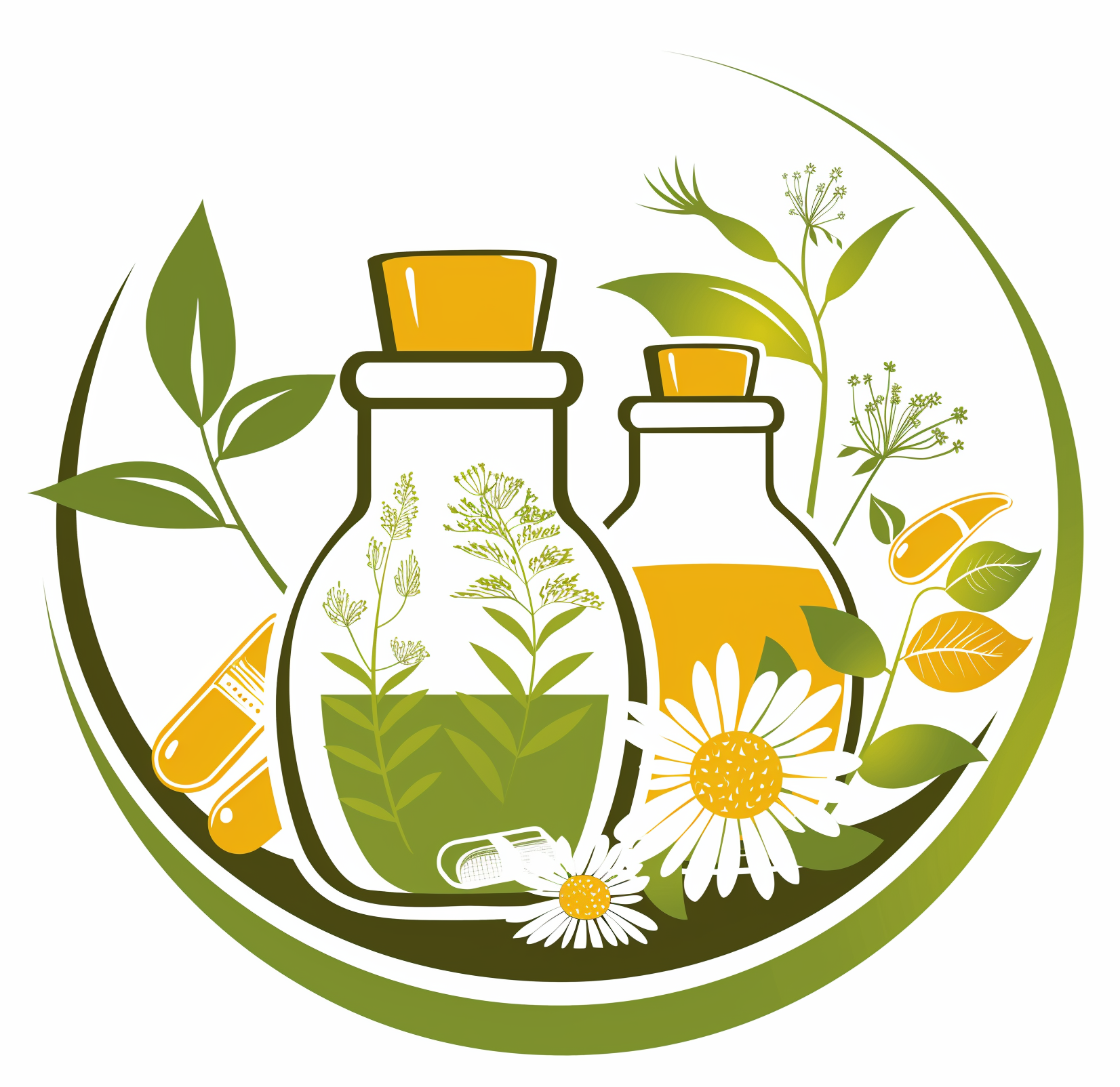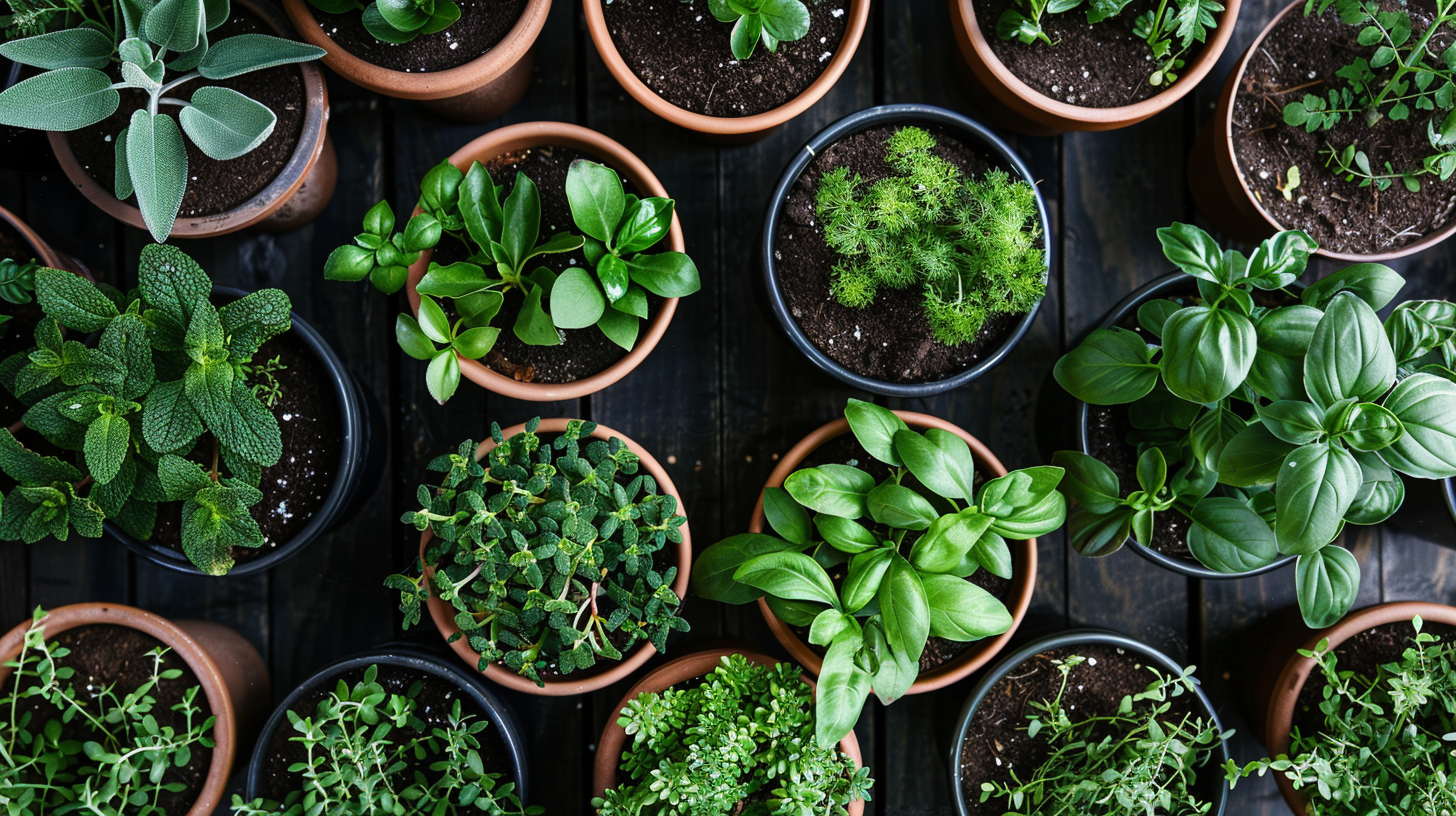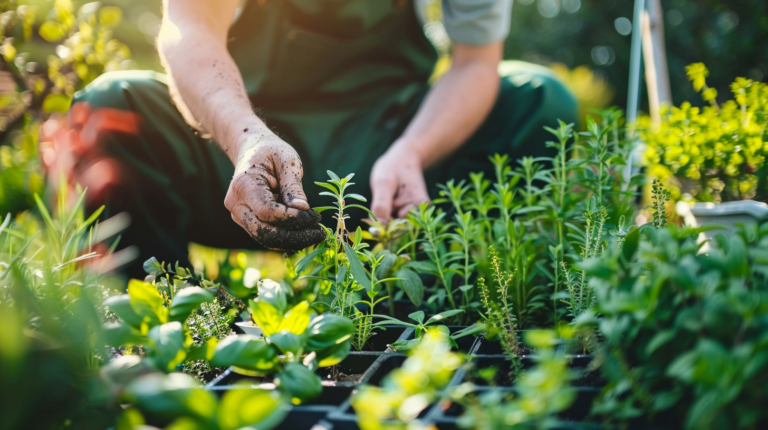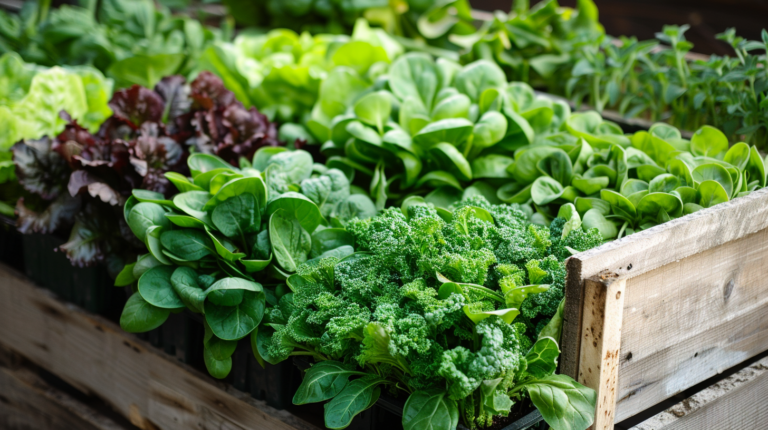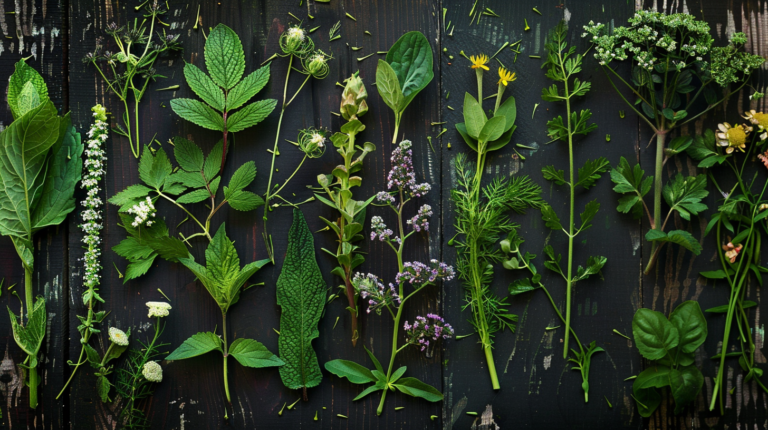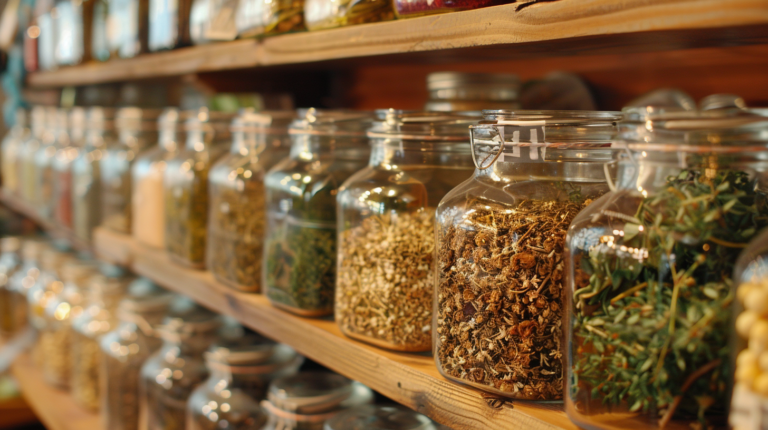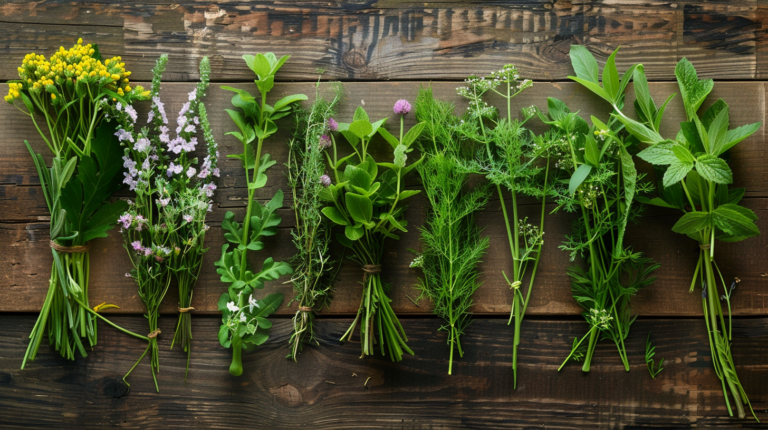Easiest Herbs to Grow: Your Ultimate Guide for Beginners
Imagine stepping out into your very own herb garden, plucking fresh leaves of basil, mint, and chives—sounds dreamy, doesn’t it? Many keen gardeners are daunted by the thought of cultivating their own herbs because they believe it requires extensive knowledge and a green thumb akin to a modern-day Socrates. The main problem? Figuring out which herbs are the easiest to nurture at home.
Here’s the good news: growing your own herbs can be a joyful, almost meditative practice that is neither time-consuming nor demanding. The trick lies in knowing the easiest herbs to grow—ones that thrive with minimal fuss and transform your garden or windowsill into a lush sanctuary. Not only will this boost your culinary prowess, but it will also provide a myriad of health benefits and save you some cash while you’re at it. So why not turn that fearful frown into a flourishing plant-filled smile and get started on your herb-growing journey?
Benefits of Growing Your Own Herbs
Health Benefits
Rich in Nutrients
Trust me, there’s nothing quite like stepping into your herb garden and plucking leaves that are rich in nutrients. Herbs such as parsley, mint, and basil are packed with vitamins and minerals that your body craves. My go-to nutrient powerhouse is basil – bursting with Vitamin K, it’s no wonder it’s a staple in my kitchen!
Medicinal Properties
Ah, the ancient art of herbal medicine. For thousands of years, people have relied on herbs for their medicinal properties. Oregano for its antibacterial effects, rosemary for its memory-boosting benefits – the list goes on. Growing your own herbs allows you to tap into these natural remedies any time you need them. One of my favorites? Chamomile tea to unwind after a long day in the garden. Talk about a life-saver!
Culinary Benefits
Flavor Enhancement
Imagine the joy of transforming a simple dish with a sprig of fresh rosemary or a handful of chopped chives. Growing herbs at home gives you the freshest ingredients at your fingertips, taking your culinary creations to the next level. There’s no comparison between store-bought and home-grown herbs – the flavor intensity is just out of this world. Trust me, once you’ve tried it, there’s no going back!
Cost-effective
Growing your own herbs isn’t just a treat for your taste buds; it’s a gift to your wallet too. Instead of spending money on small bundles of herbs that wilt in the fridge, you can enjoy an endless supply by your kitchen window. I still remember years ago, when I first realized how much I was saving. It was like discovering a pot of gold at the end of the herbal rainbow!
Environmental Benefits
Reduces Carbon Footprint
Growing your own herbs is a small but mighty step towards sustainability. Think about it – less transportation, less packaging, and fewer trips to the grocery store. It’s amazing how such a simple act can make a significant impact on reducing your carbon footprint. Besides, having fresh herbs indoors year-round means fresher air and a greener lifestyle. Win-win!
Minimal Use of Pesticides
When you cultivate your own herbs indoors, you have full control over what goes into your garden. Commercial herbs are often treated with pesticides, but your home-grown herbs can thrive with minimal, natural care. After all, who needs chemicals when you have organic compost and a little love to nurture your plants?
Easiest Herbs to Grow
Basil
Growing Conditions
Basil, the classic favorite. This herb thrives in warm, sunny conditions, making it perfect for a south-facing window. With well-drained soil and consistent watering, basil will flourish beautifully. Keep an eye on your basil; it loves the warmth but hates going thirsty!
Best Varieties
From sweet basil to Thai basil, there’s a variety for every palate. My personal favorite is Genovese basil – it’s divine in pesto! For something unique, try lemon basil for a citrus twist that’s perfect in salads or teas.
Mint
Growing Conditions
Mint is the superstar of easy-to-grow herbs. Plant it in partial shade or full sun, and watch it thrive. Mint is pretty forgiving; it will grow in almost any soil type, but it prefers moist, well-drained soil. A word of caution: mint is notorious for spreading, so consider growing it in a pot to keep it in check.
Best Varieties
Spearmint is great for mojitos, while peppermint is wonderful for teas. If you’re feeling adventurous, give chocolate mint a try – it’s a delightful addition to desserts!
Parsley
Growing Conditions
Parsley enjoys a spot with full sun but can tolerate partial shade. It prefers well-drained soil and consistent moisture for optimal growth. Parsley is a biennial, which means it will produce leaves its first year and flowers the next, setting seeds before it says its goodbyes.
Best Varieties
Italian flat-leaf parsley is fantastic for its robust flavor, while curly parsley serves as both a tasty ingredient and a pretty garnish. Plant both for a versatile herb garden!
Chives
Growing Conditions
Chives are one of the easiest herbs to grow. They love full sun but will also grow in partial shade. Plant them in rich, well-drained soil, and they will reward you with their delicate, onion-flavored stalks and beautiful purple flowers.
Best Varieties
There are a few types of chives, including common chives and garlic chives. Garlic chives have a distinct garlic flavor and are fantastic in stir-fries and soups.
Cilantro
Growing Conditions
Cilantro likes cool weather and can bolt quickly in the heat. Sow seeds every few weeks to ensure a constant supply, and provide it with partial shade and well-drained soil to keep it happy.
Best Varieties
Santo cilantro is known for its slow-bolting properties, making it a favorite among gardeners. Another good variety to try is Calypso, which is more resistant to bolting in warm climates.
Rosemary
Growing Conditions
Rosemary is a Mediterranean herb that loves the sun and well-drained soil. It thrives in hot, dry conditions, making it perfect for those of you with a sunny windowsill.
Best Varieties
Common varieties include Tuscan Blue and Arp rosemary. Tuscan Blue is a fast grower with upright stems, while Arp is known for being cold-hardy – ideal for those in cooler climates.
Tips for Successful Herb Gardening
Choosing the Right Location
Sunlight Requirements
Finding the right location is crucial. Most herbs need at least 6-8 hours of sunlight per day, so a south-facing window is ideal. However, some herbs like mint and parsley can thrive in partial shade. Tailor your placement according to the herb’s specific needs.
Soil Quality
Using well-draining soil is essential for healthy herb growth. You can use a good quality potting mix with added perlite or sand for better drainage. Remember, soil that’s too compact can lead to root rot and unhappy plants – and we can’t have that, can we?
Watering Practices
Frequency and Amount
Most herbs do well with regular watering to keep the soil moist but not waterlogged. The key is to water them consistently. During the hot season, you might need to water more frequently, but always check the soil first. Too much love (or water) can drown your plants!
Avoiding Overwatering
Overwatering is a common mistake in herb gardening. Make sure your pots have good drainage holes and that you allow the soil to dry out slightly between waterings. Trust me, it’s better to underwater than to overdo it – your herbs will thank you for it!
Pest and Disease Management
Common Pests
Herbs are generally pest-resistant, but they can sometimes attract unwanted guests like aphids, spider mites, and whiteflies. Keeping a close eye on your plants will help you spot pests early and take action.
Natural Remedies
Opt for natural pest control methods whenever possible. Neem oil, insecticidal soap, and even a good spray of water can help keep pests at bay. My go-to remedy is a simple mixture of water and a dash of dish soap – it works like a charm!
Fertilizing Your Herbs
Organic Fertilizers
Using organic fertilizers is a fantastic way to keep your herbs happy and healthy. Compost, fish emulsion, and worm castings are excellent choices that provide nutrients without harming the environment. When fertilizing, less is more – herbs don’t need heavy feeding. Think of it as giving your plants a little boost rather than a full meal.
Frequency of Application
The key to successful fertilizing is moderation. Apply fertilizer once a month during the growing season. Too much fertilizer can lead to lush foliage at the expense of flavor and aroma. So, aim for a balanced approach to keep your herbs flavorful and thriving.
Pruning and Harvesting
When to Prune
Regular pruning encourages healthy growth and prevents your plants from becoming leggy. Pinch off the tips of your herbs to promote bushier growth and more leaves. The best time to prune is in the morning when the oils are most potent. Trust me, the fresh aroma will wake you up better than any coffee!
Proper Harvesting Techniques
When it comes to harvesting, always use clean, sharp scissors or pruners. Cut just above a leaf node to encourage new growth. And remember, the more you harvest, the more your herbs will grow. It’s a wonderful cycle of giving and receiving!
Common Mistakes to Avoid
Overwatering
Signs of Overwatering
One of the easiest mistakes to make is overwatering. Signs of overwatering include yellowing leaves, wilting, and moldy soil. If you see these symptoms, it’s time to dial back the water. Your herbs are telling you they’ve had enough!
How to Correct It
To correct overwatering, let the soil dry out completely before watering again. Ensure that your pots have good drainage to prevent water from stagnating. Your goal is to keep the soil moist but not soggy – a fine balance that your herbs will appreciate.
Lack of Sunlight
Signs Your Plants Need More Sun
Herbs that don’t get enough sunlight may become leggy and pale. They need a minimum of 6-8 hours of sunlight each day. If your herbs are stretching towards the light or have weak stems, it’s a clear sign they need more sun.
Solutions
Move your herbs to a south-facing window or use grow lights to supplement natural light. Even herbs that tolerate partial shade, like mint and parsley, benefit from brighter conditions. More light means more robust growth and flavor.
Ignoring Soil Health
Importance of Soil Testing
Healthy soil is the foundation of a thriving herb garden. Soil testing can reveal vital information about nutrient levels and pH balance. This knowledge allows you to amend the soil appropriately, ensuring optimal growth conditions for your herbs.
Improving Soil Health
To improve soil health, add organic matter like compost or aged manure. This boosts nutrient levels and improves soil structure. Choose soil amendments specific to your herb varieties for the best results. A rich, well-drained soil will keep your herbs flourishing.
Conclusion
Growing your own herbs is a delightful journey that rewards you with fresh flavors, health benefits, and a sense of accomplishment. From the versatile basil to the hardy rosemary, these easiest herbs to grow will turn your garden into a lush, aromatic haven. Remember, the key to successful herb gardening lies in understanding their needs and providing the right conditions. With a little care and attention, your herb garden will thrive, and you’ll enjoy the fruits (or leaves!) of your labor for years to come.
Happy gardening! May your herbs grow abundantly and your dishes be ever flavorful.
